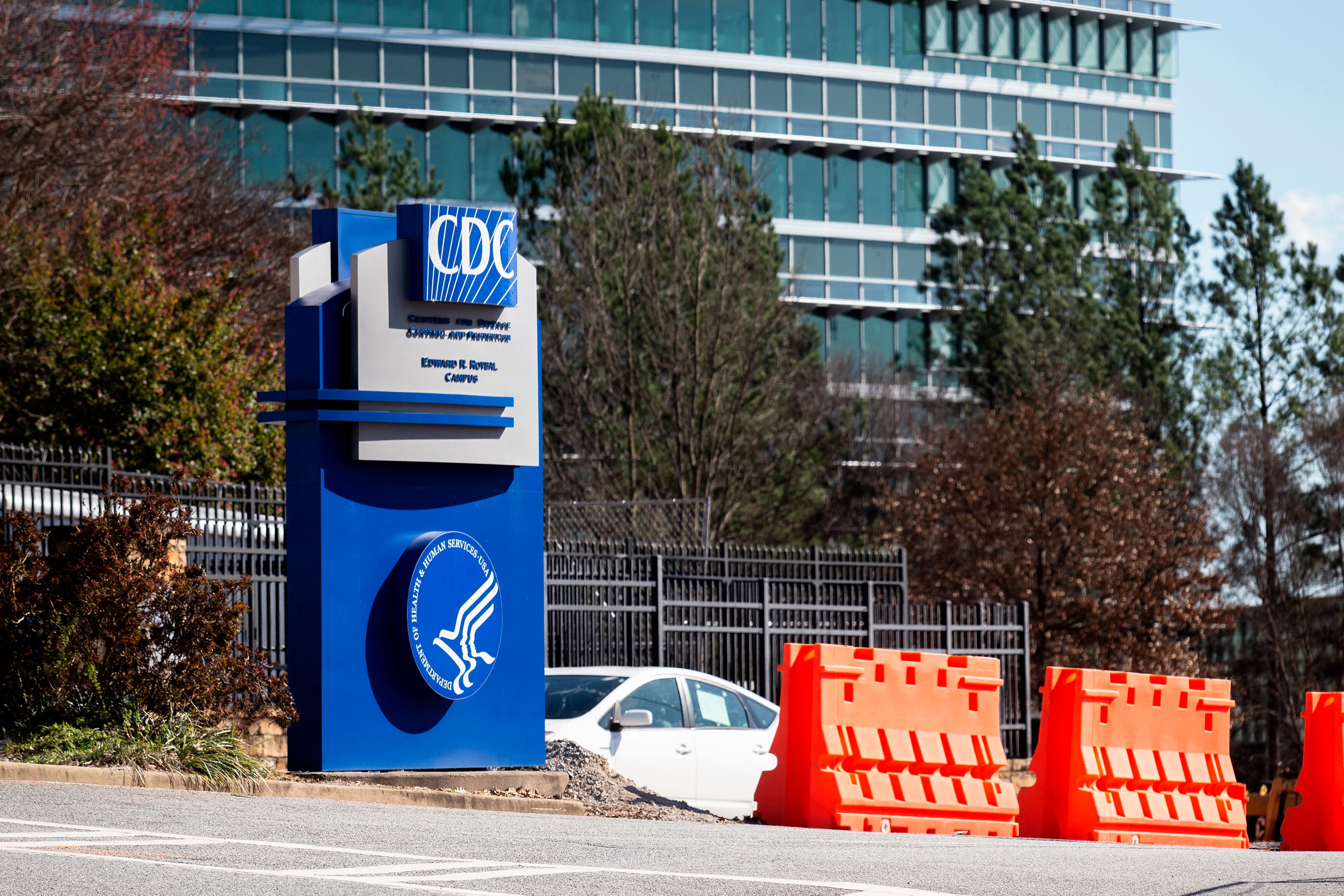CDC reverses course on indoor masks in some parts of US
(AP) — The Centers for Disease Control and Prevention reversed course Tuesday on some masking guidelines, recommending that even vaccinated people return to wearing masks indoors in parts of the U.S. where the coronavirus is surging.
Citing new information about the ability of the delta variant to spread among vaccinated people, the CDC also recommended indoor masks for all teachers, staff, students and visitors to schools, regardless of vaccination status.
The new guidance follows recent decisions in Los Angeles and St. Louis to revert to indoor mask mandates amid a spike in COVID-19 cases and hospitalizations that have been especially bad in the South. The country is averaging more than 57,000 cases a day and 24,000 COVID-19 hospitalizations.
Most new infections in the U.S. continue to be among unvaccinated people. But “breakthrough” infections, which generally cause milder illness, can occur in vaccinated people. When earlier strains of the virus predominated, infected vaccinated people were found to have low levels of virus and were deemed unlikely to spread the virus much, CDC Director Dr. Rochelle Walensky said.
But with the delta variant, the level of virus in infected vaccinated people is “indistinguishable” from the level of virus in the noses and throats of unvaccinated people, Walensky said.
The data emerged over the last couple of days from 100 samples. It is unpublished, and the CDC has not released it. But “it is concerning enough that we feel like we have to act,” Walensky said.
Vaccinated people “have the potential to spread that virus to others,” she said.
For much of the pandemic, the CDC advised Americans to wear masks outdoors if they were within six feet of one another.
Then in April, as vaccination rates rose sharply, the agency eased its guidelines on the wearing of masks outdoors, saying that fully vaccinated Americans no longer needed to cover their faces unless they were in a big crowd of strangers. In May, the guidance was eased further for fully vaccinated people, allowing them to stop wearing masks outdoors in crowds and in most indoor settings.
The guidance still called for wearing masks in crowded indoor settings, like buses, planes, hospitals, prisons and homeless shelters, but it cleared the way for reopening workplaces and other venues.
Subsequent CDC guidance said fully vaccinated people no longer needed to wear masks at summer camps or at schools, either.
For months COVID cases, deaths and hospitalizations were falling steadily, but those trends began to change at the beginning of the summer as the delta variant, a mutated and more transmissible version of the virus, began to spread widely, especially in areas with lower vaccination rates.
White House press secretary Jen Psaki said the delta variant has changed the nation’s COVID-19 outlook since the the CDC relaxed masking recommendations.
“That is their job. Their job is to look at evolving information, evolving data, an evolving historic pandemic and provide guidance to the American public,” Psaki said.
“What has not changed,” she added, “is the fact that people who are vaccinated have a huge deal of protection from serious illness, from hospitalization and from death.”
Some public health experts said they thought the earlier CDC decision was based on good science, which indicated that the risk of vaccinated people spreading the virus was relatively low and that the risk of them catching the virus and becoming extremely ill was even lower.
But those experts were also critical, noting that there was no call for Americans to document their vaccination status, which created an honor system. Unvaccinated people who did not want to wear masks in the first place saw it as an opportunity to do what they wanted, they said.
“If all the unvaccinated people were responsible and wore mask indoors, we would not be seeing this surge,” said Dr. Ali Khan, a former CDC disease investigator who now is dean of the University of Nebraska’s College of Public Health.
Lawrence Gostin, a public health law professor at Georgetown University, drew a similar conclusion.
“It was completely foreseeable that when they (the CDC) made their announcement, masking would no longer be the norm, and that’s exactly what’s happened,” Gostin said.
The CDC may be seen as “flip-flopping,” he said, because there’s been no widely recognized change in the science, he said. Furthermore, it’s not likely to change the behavior of the people who most need to wear masks.
“I don’t think you can effectively walk that back,” he said.
Ken Thigpen, a retired respiratory therapist who now works for a medical device manufacturer, is fully vaccinated and stopped wearing his mask in public after the CDC changed its guidance in May. But he started to reconsider in the last week after his job took him to hospitals in Mississippi, Louisiana, Alabama and Florida, where he witnessed medical centers getting inundated with COVID-19 patients.
“That delta variant is intense. It is so transmissible that we have to do something to tamp it down,” he said.
“I loved it when I could call the hospitals and they said, ‘We actually closed our COVID ward today or we are down to two COVID patients,’” he recalled. “And now we are opening the wards back up, and the numbers are going nuts.”
